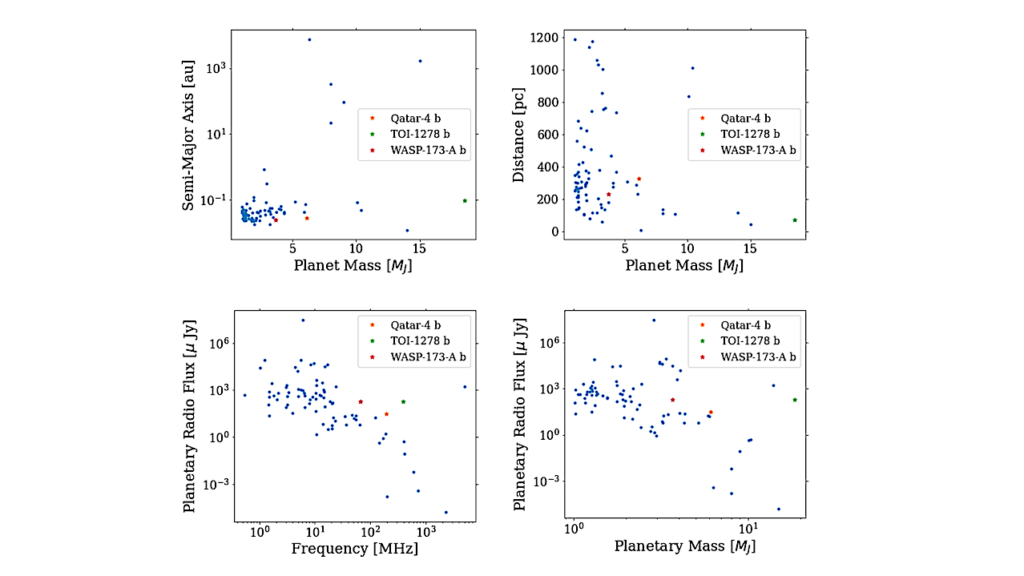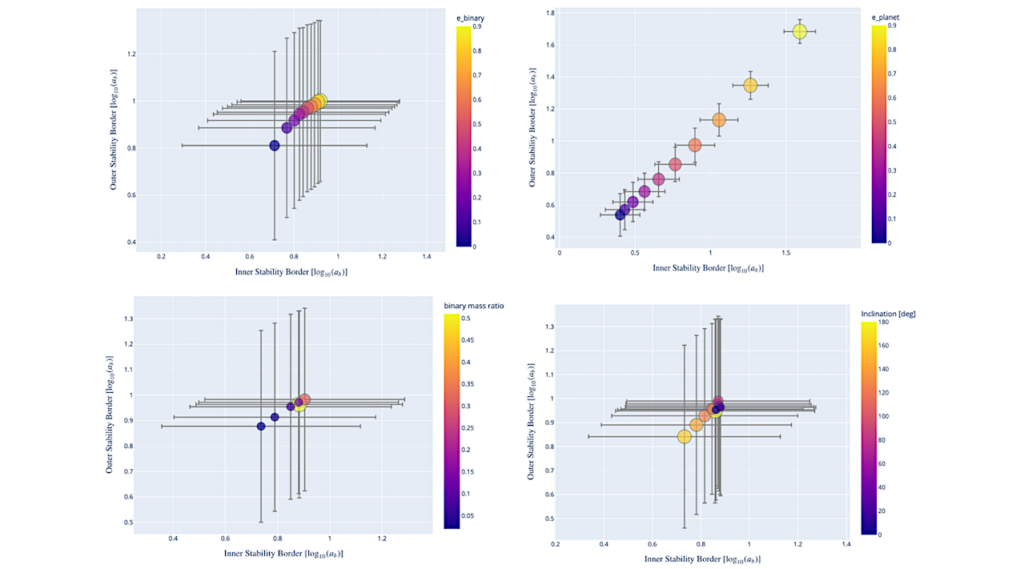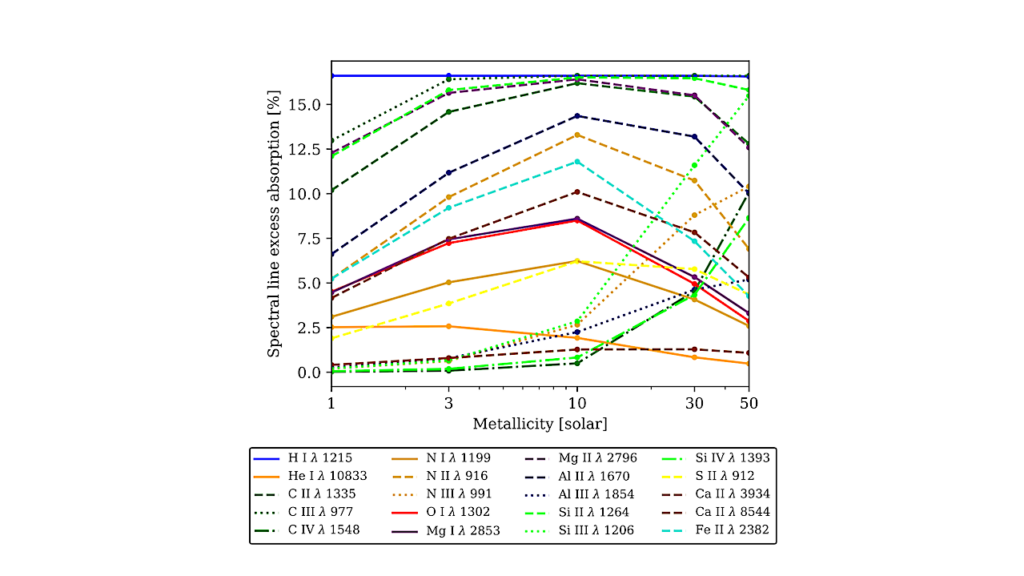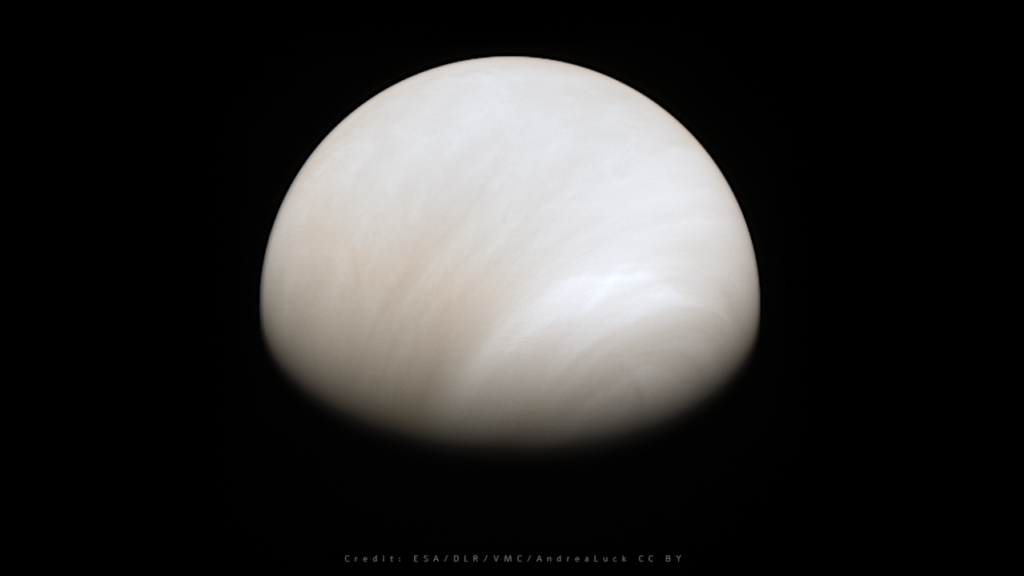AGU Session B30: Revisiting the Habitable Zone
This year, the AGU meeting in San Francisco, CA will have a session on the habitable zone organized by colleagues from the NAI. The conveners would like the session to be interdisciplinary in nature, and invite astrobiologists from all disciplines to present concepts related to habitability and the definition of the habitable zone.
For more information see http://www.agu.org/meetings/fm09/program/scientific_session_search.php?show=detail&sessid=523
The deadline to submit an abstract is 03 September 2009.
Session Abstract: Traditionally the habitable zone has been defined as the region around a main sequence star in which terrestrial-like planets, with Earth-like atmospheres, can support surface water. This definition has served as an intellectual framework for interpreting potential habitability of exoplanets, but has not been significantly revised in the 16 years since the calculations of Kasting et al. (1993). With the first unambiguous discovery of terrestrial exoplanets made this year, as well as the recent launch of Kepler, there is renewed interest in determining additional constraints on, alternative routes to, and outstanding issues for planetary habitability. This session will explore various types of habitable zones, including, but not limited to, surface and subsurface habitable zones related to radiative, geophysical, and compositional effects. Selected abstracts will present new concepts, and will foster an interdisciplinary dialogue among geophysicists, atmospheric scientists, planetary scientists, and astronomers as the physical phenomena of habitability are modeled, and ultimately observed. Source: NAI Newsletter








